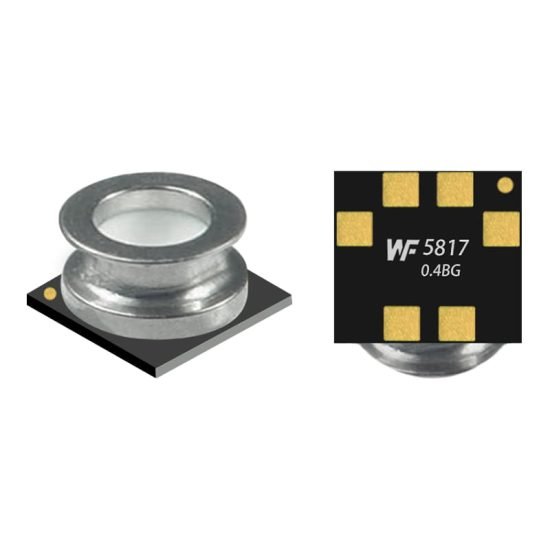Pressure is the clearest indicator of catheter patency, fill completion and drain status during APD. Sensors don’t touch body fluids directly — they reflect fluid pressure via air-pressure balance. High accuracy, low drift, fast response and reliable fail-safe behaviour are essential to ensure treatment works well and avoids complications. Medical MEMS sensors such as the WF5817D, with a 40 kPa range, 0.25% accuracy and compact onboard package, show how to meet these strict needs.
Каталог
1: Sensor roles and measurement principle in APD
Indirect air-pressure measurement and cyclical stage control
In an APD system the sensor watches the pressure of the air column connected to the dialysis line to infer abdominal pressure. During the fill phase it needs to track the pressure rise in real time to spot the end point and trigger over-pressure protection; during dwell it checks for stable pressure to confirm seals; during drain it watches for the initial negative pressure peak and the return to steady negative pressure to detect blockages or incomplete drainage. Sensor outputs must have the resolution and bandwidth to show these short, critical pressure changes so the controller can act quickly and safely.

2: How accuracy and resolution affect treatment control
Millimetre-water-column level detection determines control precision
Pressure changes in peritoneal dialysis often span tens to hundreds of millimetres H₂O; if a sensor lacks accuracy and resolution, small but clinically important shifts get lost, risking wrong fill cut-offs or missed drain blockages. A MEMS gauge with 0.25% accuracy and high resolution can pick up millimetre-scale signals, enabling more precise ultrafiltration estimates and automated control, improving dose delivery accuracy and lowering complication risk.
3: Long-term stability, drift and reliability requirements
Low drift and long-term stability are fundamental for home and clinical use
Home APD units run for years; sensor zero-offset drift or sensitivity loss can add up to major errors, affecting therapy and alarm accuracy. Medical designs must hold stable output across temperature, vibration and humidity changes, and provide traceable calibration and lifecycle performance. Robust MEMS packaging and material choices reduce drift, keeping measurements consistent over many years and cutting maintenance and false alarms.
4: Safety architecture: failure modes and system-level protection
Fail-safe sensor and system collaboration design
Although sensors don’t touch fluid, their failure can cause closed-loop control errors. Machines need layered protections: sensor self-checks, redundant thresholds, physical air-path isolation and alarm logic. Sensors should be fail-safe — for instance, they should force the system to a safe state if a diaphragm ruptures or a line is lost — and work with flow and valve logic so the patient won’t experience over-pressure or prolonged negative pressure during any fault.
5: Integration tips and engineering focus areas
Compact packaging, interference resistance and low power support system deployment
Home and portable APD devices demand small size, low power and strong interference immunity. Board-mounted gauge MEMS save space and simplify air routing; good vibration and temperature stability keep signals clean despite pump and valve activity; low power suits battery operation and long run times. Integration should focus on air-path integrity, sampling rates and filtering so the controller gets a reliable signal for safe decisions.
Заклучок
Pressure sensors are key safety and control parts in APD devices. High accuracy and resolution enable fine control of fill and drain; long-term stability and low drift reduce false alarms and maintenance; fail-safe design and system protections prevent high-risk events; compact, interference-resistant, low-power MEMS designs make home units practical. WF5817D-type devices, with a 40 kPa range, 0.25% accuracy and onboard package, are a good example of meeting these engineering needs.
Горенаведениот вовед само ја гребе површината на апликациите на технологијата на сензорот за притисок. Ќе продолжиме да ги истражуваме различните типови на сензорски елементи што се користат во различни производи, како тие функционираат и нивните предности и недостатоци. Ако сакате повеќе детали за она што се дискутира овде, можете да ја проверите поврзаната содржина подоцна во ова упатство. Ако сте притиснати за време, можете исто така да кликнете овде за да ги преземете деталите за овој водич Податоци за производ на сензорот за притисок на воздухот PDF.
За повеќе информации за други технологии на сензори, ве молиме Посетете ја страницата на нашите сензори.
